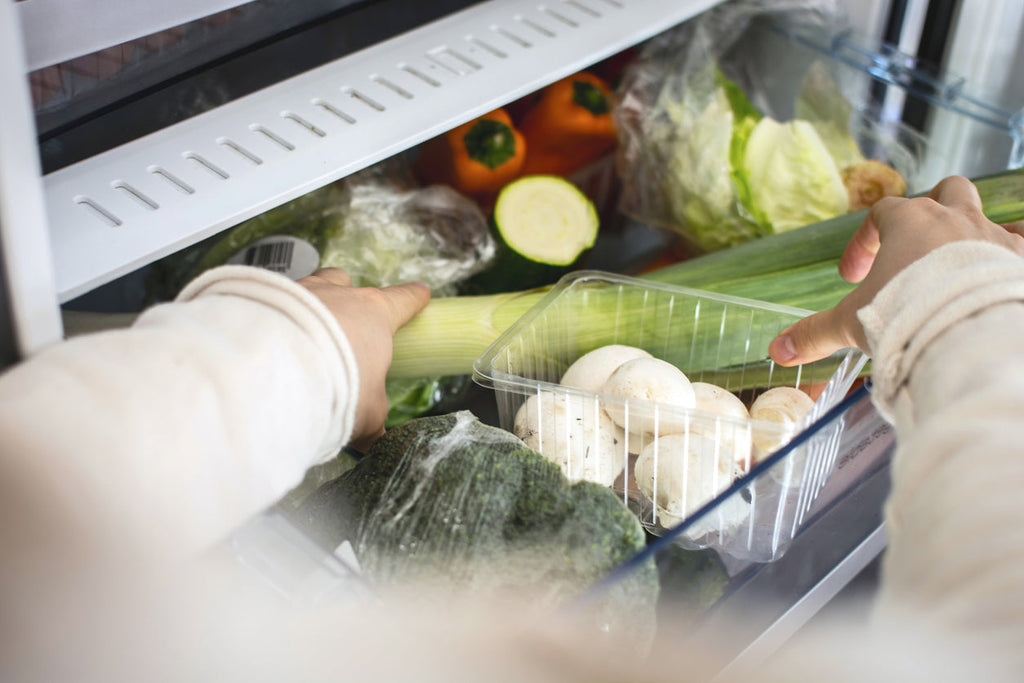How to Store Mushrooms

How to Store Mushrooms
Table of Contents
- Introduction
- Understanding Mushrooms
- Short-Term Storage
- Long-Term Storage
- Tips and Tricks
- Common Mistakes to Avoid
- Conclusion
- References/Further Reading
- FAQ
1. Introduction

Mushrooms, a culinary delight for many, require special attention when it comes to storage. Proper storage not only ensures that they remain fresh but also preserves their unique flavor and texture. The way you store mushrooms can significantly impact their freshness and overall taste.
2. Understanding Mushrooms
Mushrooms are not like other vegetables. They are fungi, consisting mainly of water. This high water content makes them particularly susceptible to spoilage. Understanding their composition can help in devising the right storage methods.
3. Short-Term Storage
a. Refrigeration
- Paper Bags vs. Plastic Bags: Paper bags are preferable as they allow mushrooms to breathe, preventing moisture buildup. Plastic bags can trap moisture, leading to quicker spoilage.
- Temperature and Humidity: The ideal temperature for storing mushrooms is just above the freezing point, with a relative humidity of 90-95%.
b. On the Counter
- Suitability: Some mushrooms, especially wild varieties, are best stored at room temperature.
- Precautions: Ensure they are kept in a cool, dry place, away from direct sunlight.
4. Long-Term Storage

a. Freezing
- Preparation: Clean and slice the mushrooms before freezing. Blanching them for a few minutes can also help retain their texture and flavor.
- Shelf Life: Properly stored frozen mushrooms can last up to a year.
b. Drying
- Methods: Mushrooms can be dried using various methods like air drying, oven drying, or using a dehydrator.
- Storage: Once dried, store them in airtight containers in a cool, dark place.
c. Canning and Pickling
- Steps: Clean the mushrooms, prepare a brine or pickling solution, and then process them in a water bath canner.
- Shelf Life: Canned or pickled mushrooms can last up to a year if stored properly.
5. Tips and Tricks
- Cleaning: It's best to clean mushrooms just before using or storing them to prevent moisture buildup.
- Spoilage Signs: Look out for sliminess, off odors, or dark spots.
- Reviving Wilted Mushrooms: Soaking them in cold water for a short time can help revive their freshness.
6. Common Mistakes to Avoid
- Airtight Containers: Storing mushrooms in completely sealed containers can lead to moisture buildup and spoilage.
- Mixing Varieties: Different types of mushrooms have different storage needs. Avoid storing them together.
- Not Checking Regularly: Always check stored mushrooms for signs of spoilage.
7. Conclusion
Storing mushrooms correctly is crucial for retaining their freshness and flavor. By following the guidelines mentioned above, you can enjoy delicious, fresh, and flavorful mushrooms for longer periods.
8. References/Further Reading
- Nutritional and post-harvest quality preservation of mushrooms
- Fresh Mushroom Preservation Techniques
- A Comprehensive Review on Preservation of Shiitake Mushroom
- Review of packaging for improving storage quality of fresh edible mushrooms
- Biobased packaging for improving preservation of fresh common mushrooms
- Mushroom Preservation Protocol
FAQ
- How should mushrooms be stored for short-term use?
- For short-term storage, mushrooms can be refrigerated in paper bags or kept on the counter if they are wild varieties.
- Can mushrooms be frozen for long-term storage?
- Yes, mushrooms can be cleaned, sliced, and frozen for long-term storage. They can last up to a year when frozen properly.
- What are the signs of mushroom spoilage?
- Signs of spoilage include sliminess, off odors, and dark spots on the mushrooms.

